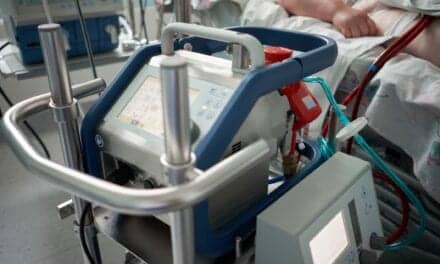While there is evidence of some progress in patient safety and quality improvement in healthcare over the last two decades, recognition continues to grow that more is needed to achieve substantial and sustainable improvement. A new study in the May 2021 issue of The Joint Commission Journal on Quality and Patient Safety analyzed the impact of Lean management on hospital-wide performance.
Lean management emphasizes culture, continuous improvement, alignment and results. It looks to remove waste and increase efficiency within a value stream. The study, “Lean Management and Hospital Performance: Adoption vs. Implementation, ” by Stephen M. Shortell, PhD, MPH, MBA, and colleagues at the University of California, Berkeley (UC-Berkeley), used the 2017 National Survey of Lean/Transformational Performance Improvement in Hospitals results and 2018 publicly available data from the Agency for Healthcare Research and Quality (AHRQ) and the Centers for Medicare & Medicaid Services (CMS) to examine 10 quality/appropriateness of care, cost and patient experience measures.
The researchers found that a higher degree of Lean implementation was significantly associated with:
- Lower adjusted inpatient expense per admission
- Lower 30-day unplanned readmission rate
- Appropriate/efficient use of imaging better than the national average – a measure of low-value care
- Higher Hospital Consumer Assessment of Healthcare Providers and Systems (HCAHPS) patient experience scores
Based on the findings, the authors conclude since Lean is an organization-wide, sociotechnical performance improvement system, the actual degree of implementation throughout an organization, as opposed to mere adoption, is more likely to be associated with positive performance on at least some measures.
“Given these findings, it may be time for policymakers, payers and related change makers to explicitly promote health sector-wide implementation of the underlying principles of the Lean management system and address the deep-seated cultural barriers to empowerment of the frontline workforce,” said Shortell.
“The study demonstrates the importance of measuring fidelity when assessing the implementation of any program designed to improve care,” noted Kevin J. O’Leary, MD, MS, and Cynthia Barnard, PhD, MBA, in an accompanying editorial. “Optimal measurement of fidelity will help inform adjustments during implementation, support meaningful evaluation of results, and help us learn how these methods can live up to their potential to deliver better, safer and more cost-effective care.”










